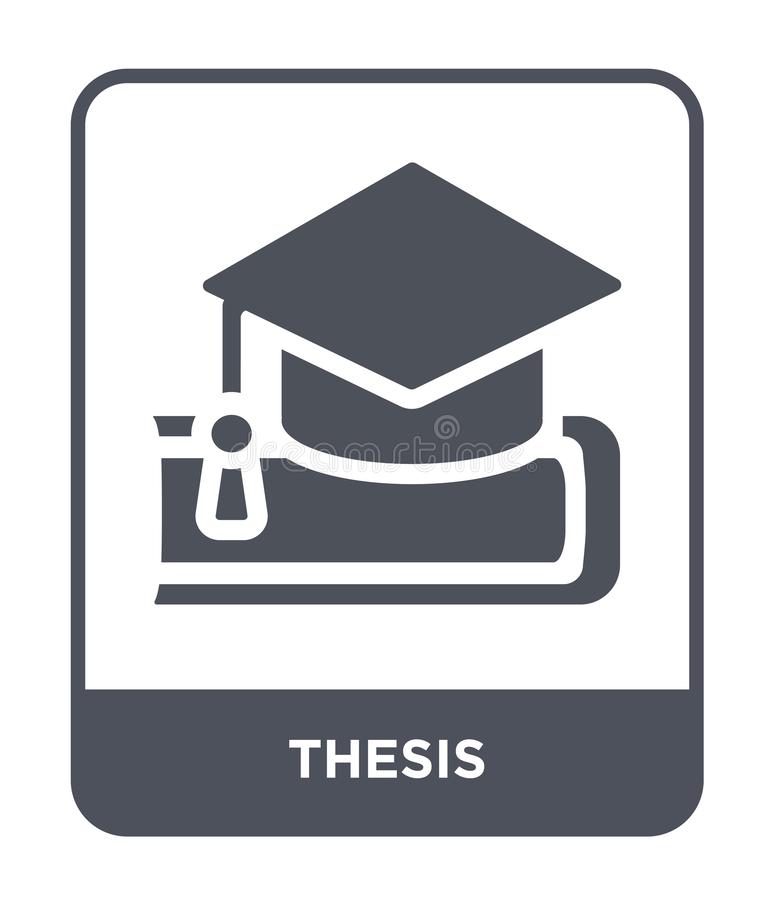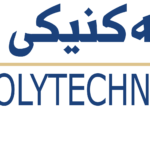- Naznaz Jalal Awla
- [email protected]
- 0780 541 3331
- WITHOUT HIGHLITEDd
-
ABSTRACT
The composite of carbon fiber and fiber glass received enormous attention from research communities in the field of epoxy layers of composite. In this study, the mechanical properties of the epoxy and Unidirectional Carbon with fiberglass composite in different volumes of fraction in fibers were experimentally and computationally investigated. American Society for Testing and Materials (ASTM) used in this study for preparing the composite samples. Tensile, impact and flexural tests were conducted to investigate the mechanical properties of the new produced of epoxy Unidirectional Carbon and Epoxy Fiberglass composites. The outcome of the experimental demonstrated that the strength of the produced samples increased with the increase in the number of Unidirectional Carbon layers and the maximum rate was % 15 of lower density of epoxy resin and other was % 5.5. In addition, four different composites were utilized: (1) woven carbon composite with glass fiber (2) woven carbon with epoxy resin composite. (3) Fiber glass with epoxy resin composite (4) Epoxy resin only. While the process of comparing the result in computational way by using Finite Element Method and using ANSYS 2022 R1 Work bench noted that the computational samples are stronger than experimental tested samples, because of the inter face reactions between and bonding in actual situation don’t takes place completely for the purpose of using hand lay-up method for conducting samples in experimental. When comparing the strengthen of two reinforcement fibers the results explained that woven carbon composite has higher mechanical resistance. While in tensile and impact tests the strength of samples increased with adding layers of wight percentage (1.5% UDC by 3% fiber glass), (3% UDC by 1.5% fiber glass) and (3% UDC by 3% fiber glass) of mixture of and epoxy resin. Meanwhile, in flexural test the most strengthen sample was with the one that contains highest layer of percentage which was 15% of fiber glass for the first group of Master Protect 180, while in the second group Master Brace ADH 1406 the most strengthen sample was with the one which contains unidirectional carbon fiber layers.
- Erbil Technical Engineering College
- Mechanical and Energy Engineering
- Mechanical Applied


